Purgatorio, Canto 3
OVERVIEW
Rachel Teubner is a Research Fellow in Medieval and Early Modern Studies at Australian Catholic University. Her research explores Christian thought in Medieval and Renaissance literature, and she is the author of the forthcoming Practicing Humility: A Theological Commentary on Dante’s Commedia.
Questions for Reflection
- Why is Virgil so upset with himself (3.7-9)? Have we seen Virgil acting in this way before? Why might Dante choose to present Virgil in this way here at the beginning of Purgatorio? How might his self-recrimination at the beginning of the canto be related to his later disquietude (3.37-45) or his ignorance of the path (3.61ff)?
- The pilgrim fails to see Virgil’s shadow walking alongside his own and fears that he has been abandoned. How might this anticipate a scene in canto 30? Why might Dante draw such attention to the difference between the pilgrim’s body and that of Virgil?
- Who is Manfred and how does Dante recognize him (3.103-114)? Are there any suggestive biblical allusions in this scene?
- Manfred has been excommunicated by the Church and yet is nevertheless saved. What account of mercy and grace is Dante developing here through his character? What relationship does Dante seem to see between God’s pardoning of sin and that of the Church?
- BONUS: Read the encounter with Manfred in light of Pope Boniface VIII’s Unam Sanctum, published the same year as Dante’s exile: 1302. How might Manfred be read as a Dantean rejoinder to Unam Sanctum?
DETAILS
- Dr. Rachel Teubner
- Australian Catholic University
- Run Time 10:58








